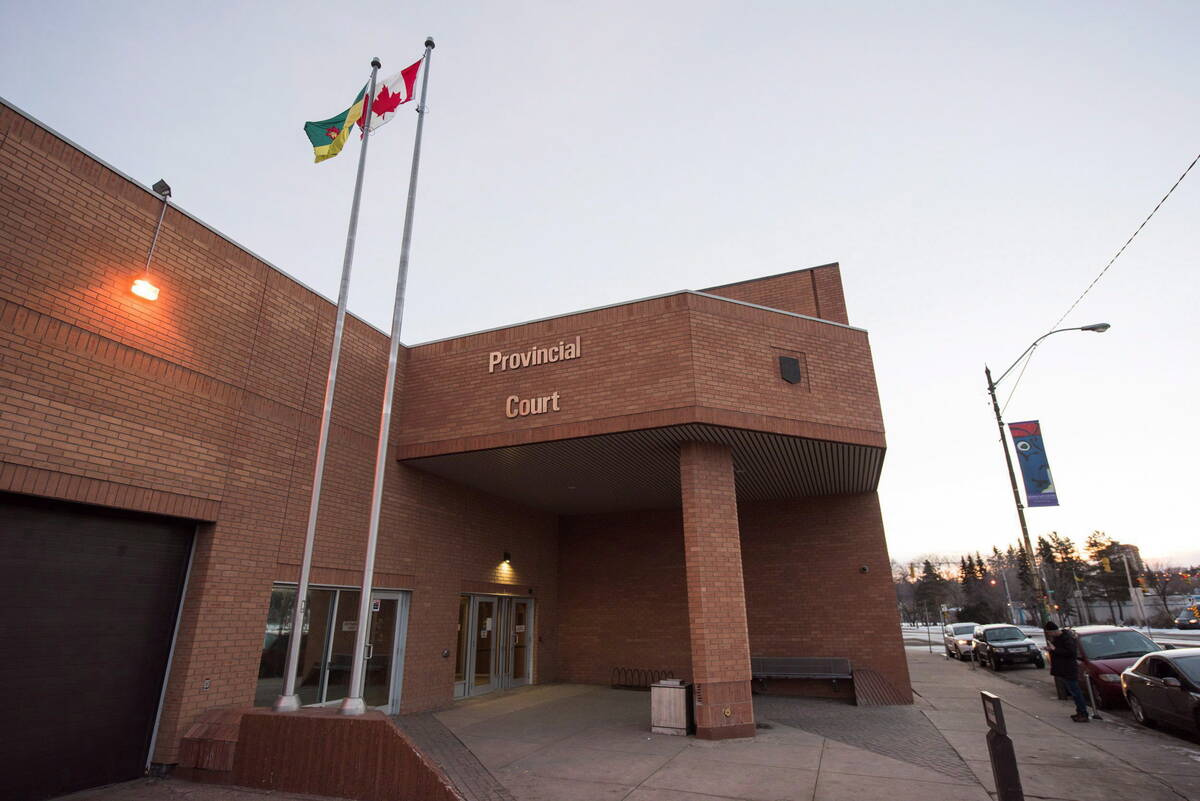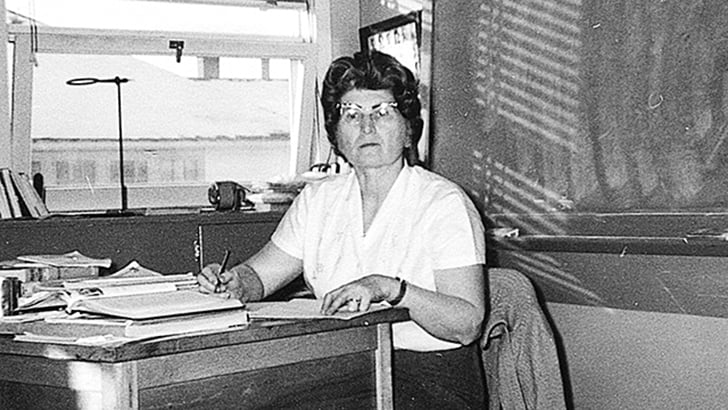Everyone has the right, upon arrest or detention, to talk to a lawyer without delay and be informed of their right to do so under Section 10 B of the Canadian Charter of Rights and Freedoms.
In the 2014 case of Her Majesty the Queen vs. Taylor, the Supreme Court of Canada ruled that a person who enters a hospital to receive medical treatment is still entitled to the full protection of this section of the charter.
The resident of Alberta was arrested for impaired driving causing bodily harm when he lost control of his vehicle. Three of his passengers were injured, and he was also taken by ambulance to the hospital for examination.
Read Also

Understand limitation periods if considering civil suit
A limitation period refers to the amount of time a plaintiff has to commence a formal claim in court or lose their ability to pursue it.
At the time of his arrest, he was informed of his charter rights, including his right to call a lawyer. He responded that he did want to talk to a lawyer but he was not given access to a phone while at the scene of the accident.
At the hospital, a nurse took five vials of blood from him, then the police demanded and obtained a second set of samples of Taylor’s blood for their investigation.
During this process at the hospital, the man was not given the opportunity to speak with his lawyer nor did the police determine whether such an opportunity was even feasible.
At trial, both the crown prosecutor and judge agreed that the second set of blood samples the police had demanded were taken in violation of Taylor’s charter rights to get legal advice. The trial judge allowed the first set of blood samples to be entered in evidence.
This was based on the trial judge’s assumption that where an accused is awaiting or receiving medical treatment, there is no reasonable opportunity to provide private access to a telephone for the accused person to exercise his right to talk to a lawyer. On the basis of these blood samples, Taylor was convicted.
When the case went before the Supreme Court, the court allowed Taylor’s appeal, and set aside his conviction. The case report states:
“The purpose of the s. 10 B charter right is to allow an arrested or detained individual not only to be informed of his other rights and obligations under the law but also to obtain advice as to how to exercise those rights.
“Access to legal advice ensures that an individual who is under control of the state and in a situation of legal jeopardy is able to make a free and informed choice whether to co-operate with the police.…
“Until the requested access to counsel is provided, it is uncontroversial that there is an obligation on the police to refrain from taking further investigative steps to elicit evidence.… An individual who enters a hospital to receive medical treatment is not in a charter-free zone.”
This case illustrates how important this charter protection is and how it applies in a situation where the accused, by reason of injury or medical evaluation, is in a particularly vulnerable situation.
















